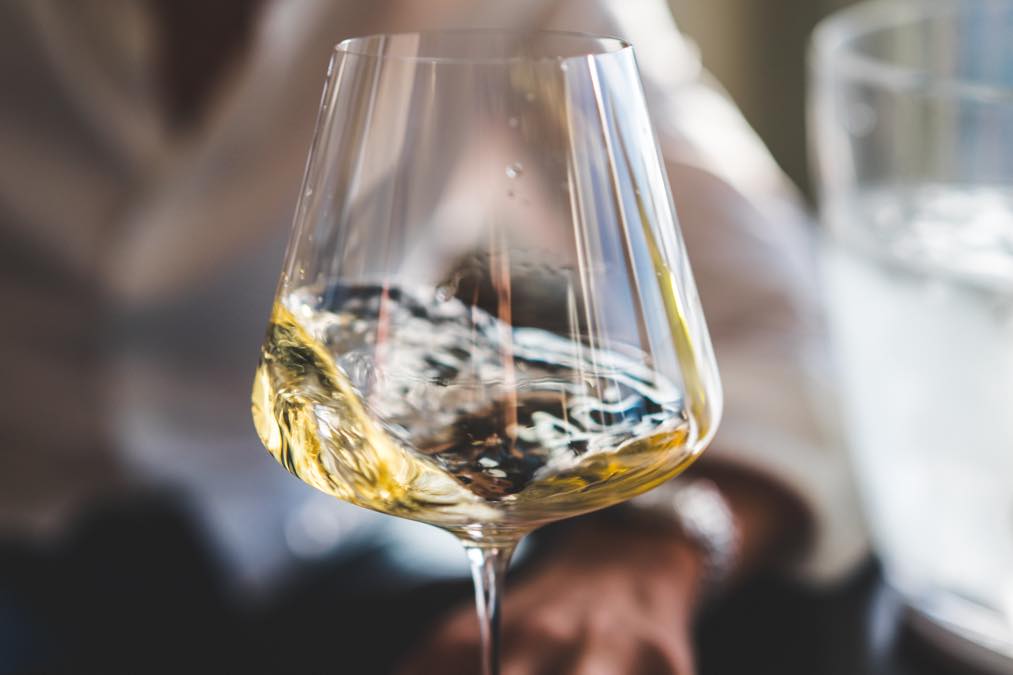Are wine flaws really flaws? When it comes to tasting flaws, the process can be quite tricky, especially if you’re a beginner wine enthusiast. Many of us have consumed flawed wine without even realizing but it’s nothing to be ashamed of as most of us just don’t know what the flaws are. You see, everyone’s palate is different so a wine that tastes flawed to you could taste great to someone else. Some winemakers use flaws as a benefit to create different flavors in their wines. For some wines, these flaws can actually be quite enjoyable or become the complete opposite making your wine undrinkable so it’s helpful to know the difference.
To understand if wine flaws are really flaws, let us define the term “flaw” and explain the 5 most common flaws so that you’ll be able to spot the difference the next time you taste or smell an aroma you’ve never smelled before and end up liking it!
WINE FLAW DEFINITION
A wine flaw can be an aroma or flavor that is not a typical characteristic of a wine’s grape varietal.
5 MAIN WINE FLAWS THAT CAN MAKE OR BREAK A WINE
-
OXIDATION: a chemical reaction that happens in your bottle of wine. When winemakers oxidize their wines intentionally, they allow a moderate amount of air to interact with the wine during the winemaking process.
GOOD OXIDATION FLAW:
Oxidation in wines release umami or glutamate flavors such as earthy, nutty, yeasty, dried fruit and savory aromas found in old school Riojas, Sous Voile white wines, Sherry’s and Tawny Port’s
BAD OXIDATION FLAW:
Too much oxygen during fermentation or aging can create faded, brownish hues on everyday red and white wines leaving dried fruit aromas. For example, leaving your red bottle of wine open for 5-7 days gives it too much oxygen causing it to taste dull, stale, and less fruity. Red wine will develop a brick hue and white wine will develop a gold hue.
TIP: Next time you order a glass of wine at a restaurant, be careful because that bottle may have been sitting awhile if enough customers aren’t ordering that same wine by the glass.
2. HEAT: Heating or “cooking” wine in temperature-controlled tanks is often used in conjunction with oxidization and creates similar results. The term is aka as Madeira or “cooked” wine as its a popular form of winemaking in Madeira.
GOOD HEAT FLAW:
Heated wine aromas and flavor characteristics include spice, dried fruit, cocoa, fruitcake, smoke, and roasted nuts found in wines that use the Garnacha grape.
BAD HEAT FLAW:
Heat damage can occur when leaving an unopened bottle of wine stored somewhere that is too warm, like a car, for example, allowing the UV rays to cause Lightstrike. A wine that has been exposed to excessive-high heat can smell burnt, toasted, or taste like cooked fruit. This can also occur during shipping when the wine is shipped in hot weather and doesn’t have proper temp controls.
3. BRETTANOMYCES or “BRETT’S”: are wild yeasts that occur naturally in wine cellars and can be found everywhere such as the barrels, the grapes, and even the winemaking equipment. Since brett’s are hard to control, many winemakers adopt it as part of their winemaking style.
GOOD BRETT FLAW:
Good Bretts are best in moderation as they add complexity and character to a bottle of wine in small doses. Its characteristics are related to “funky” or “barnyardy” smells and tastes such as old socks, wet dog, band-aids, or cured meats, which to some wine enthusiasts can be seen as a good thing or as an insult. You’ll find these characteristics if you drink Sangiovese, some old school Napa’s and Bordeaux.
BAD BRETT FLAW:
Due to its lack of control, Bretts can be seen as symptoms of wine spoilage or can be due to lack of a wineries cleanliness. Sometimes, they are so overwhelming that it strips the wine’s character.
TIP: Bretts are almost always found in red wines and considered a bad flaw in white and sparkling wines
4. VOLATILE ACIDITY aka VA: VA’s are acetic acids, similar to vinegar, that occur in the form of gas rather than a liquid and result from too much oxygen exposure during the winemaking process. These acetic acids are more likely to occur in older wine barrels or fermented environments.
GOOD VA FLAW:
Good VA characteristics are similar to kombucha or balsamic vinegar dressing which can be pleasantly tart and fruity in small doses. These notes are more common in sweet wines or wines made from dried grapes like Port and Sauternes.
TIP: When reading wine descriptions look for words “high toned” or lifted as VA’s in wine have heightened characters and are more complex.
BAD VA FLAW:
Too much VA can make the wine smell and taste like nail polish remover or paint thinner.
5. PYRAZINE: chemical compounds that protect grapevines from pests and occur, which can give wines herbally or “grassy” aromas and flavors.
GOOD PYRAZINE FLAW:
The characteristics are known to resemble freshly cut grass, green bell pepper, and gooseberries. These pyrazines are common in Sauvignon Blancs (especially in New Zealand’s signature whites), Cabernet Francs, and Carbernet Sauvignons when the winemakers want to give a grassy quality to their wine.
BAD PYRAZINE FLAW:
Overwhelming taste of green bell peppers can make the wine seem unbalanced but because we all have different palate thresholds this could be quite enjoyable to some wine lovers.
Now that you have the 5 main wine flaws, try to experiment with wines to recognize its flaw characteristics. You may actually learn to enjoy the aromas and flavors of Bretts or pyrazines! Once you recognize these flaws, you’ll be able to smell the cork and send back that tainted bottle of wine.
Follow us on Instagram @triwineapp for the latest TriWine news.



Be the first to hear about the latest product releases, blog posts, and partnerships.
Receive Notifications on our limited Early Bird exclusive discounts!Join TriWine